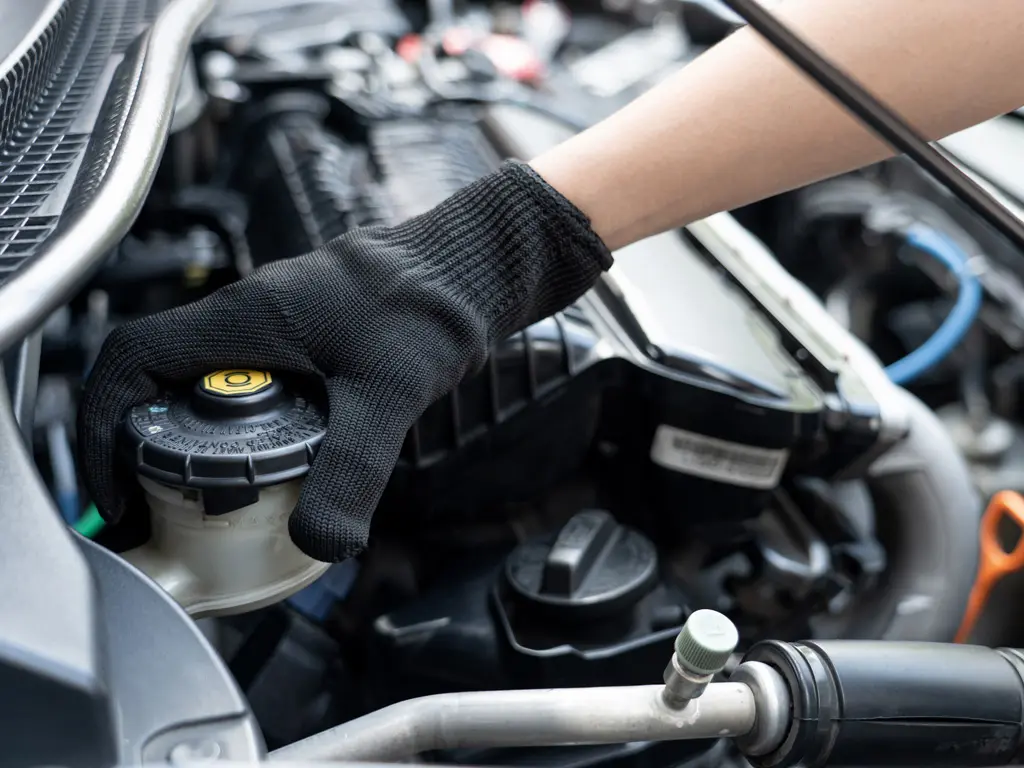Performing a brake fluid change is an essential maintenance task for any vehicle owner. Brake fluid is crucial for the safe operation of your vehicle, as it transmits force from the brake pedal to the brake components. Over time, brake fluid can absorb moisture and contaminants, which can lead to reduced braking performance and even failure. Therefore, it is vital to regularly check and replace your brake fluid to ensure optimal safety and functionality.
In this guide, we will walk you through a step-by-step approach to performing a brake fluid change right. Whether you’re a seasoned DIYer or a novice, this article will provide you with the necessary information and tips to complete this task efficiently.
Tools and Materials Needed
Before starting your brake fluid change, gather all the required tools and materials. Having everything ready will make the process smoother and more efficient. Here’s a list of what you’ll need:
- New brake fluid (consult your owner’s manual for the recommended type)
- Brake bleeder kit or a clear plastic tube
- Wrench for the brake bleeder valve
- Container for old brake fluid
- Safety goggles and gloves
Using the correct type of brake fluid is crucial. Different vehicles require different types of brake fluid, such as DOT 3, DOT 4, or DOT 5. Make sure to check your vehicle’s specifications to avoid any damage.
Warning Signs
- Brake fluid appears dark or contaminated.
- You experience a spongy brake pedal.
- Brake warning light illuminates on the dashboard.
Step-by-Step Process for Changing Brake Fluid
Now that you have your tools and materials ready, it’s time to dive into the step-by-step process of changing your brake fluid. Follow these instructions carefully to ensure a successful fluid change:
- Start by lifting the vehicle with a jack and securing it with jack stands.
- Locate the brake bleeder valve on each brake caliper.
- Attach the clear plastic tube to the bleeder valve, placing the other end into the container.
- Open the bleeder valve slightly and have an assistant press the brake pedal.
- Watch the old fluid flow into the container and keep an eye on the master cylinder reservoir, refilling it as necessary.
Continue this process until the fluid runs clear and free of bubbles, indicating that the old fluid has been completely replaced with new fluid. This method ensures that you have purged any air from the system, which is crucial for maintaining brake performance.
Warning Signs
- Old brake fluid is not clearing; it remains dark.
- Brake pedal feels hard or unresponsive.
- Fluid leaks around the brake components.
Post-Change Inspection and Maintenance
After completing the brake fluid change, it’s essential to inspect your brake system to ensure everything is functioning correctly. Here are some key points to check:
- Inspect the master cylinder for proper fluid levels.
- Check for any leaks around the brake lines and calipers.
- Test the brake pedal feel by pressing it several times.
- Take the vehicle for a short drive to ensure brakes are responsive.
- Listen for unusual noises that may indicate issues.
Regular inspections after a brake fluid change will help you catch any potential issues early on. It’s recommended to change your brake fluid every 2 years or as specified in your vehicle’s maintenance schedule.
Warning Signs
- Brakes feel weak or unresponsive during the test drive.
- You notice a burning smell after driving.
- Brake warning light remains illuminated.
Conclusion
Changing your brake fluid is a straightforward process that can significantly enhance your vehicle’s braking performance and safety. By following this step-by-step approach, you can ensure that your brake system is in optimal condition. Remember to regularly check your brake fluid and perform maintenance as needed. If you feel uncomfortable performing this task, don’t hesitate to consult a professional. Your safety on the road is paramount!




